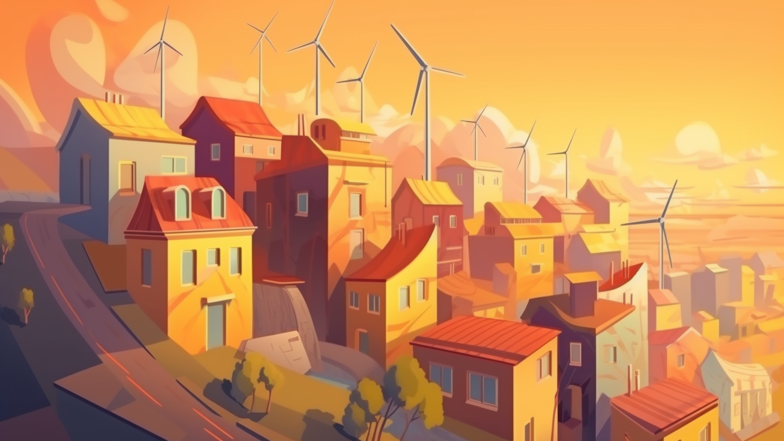
Renewable energy sources are those natural resources that are replenished at a rate that is faster than the rate at which they are consumed. These energy sources include solar energy, wind energy, geothermal energy, hydropower, and biomass energy. Unlike fossil fuels, renewable energy sources are abundant, cleaner, and produce lower greenhouse gas emissions. The use of renewable energy sources is critical for reducing greenhouse gas emissions that are responsible for climate change.
Investing in renewable energy sources is essential for meeting the energy demands of the global population. The world population is projected to reach 9.7 billion by 2050, and with increased population comes increased energy demands. The conventional sources of energy, such as coal, oil, and gas, are finite resources, meaning they will eventually be depleted. Investing in renewable energy sources now will ensure that future generations have access to clean, abundant, and sustainable energy.
Another benefit of investing in renewable energy sources is that it creates jobs and stimulates economic growth. In 2019, the renewable energy sector employed more than 11 million people globally, and this figure is projected to increase to 24 million by 2030. By investing in renewable energy, economies can create new jobs, increase energy security, and reduce dependence on foreign oil.
Renewable energy has the potential to transform the energy sector, providing affordable energy to millions of people in developing countries. In many countries, particularly in rural areas, access to electricity is limited or non-existent. This lack of access to electricity hinders economic growth and deprives people of basic services and amenities, such as clean water, healthcare, and education. Renewable energy provides an opportunity to bridge the energy gap and bring energy to the most remote and underserved areas of the world.
The transition to renewable energy is not without challenges. One of the main challenges is the lack of adequate infrastructure to support the integration of renewable energy sources into the grid. In many cases, the power grids were designed to support large central power plants that produce and distribute electricity over long distances. However, renewable energy sources, such as solar and wind, are often distributed, and the energy they produce is intermittent. This means that there is a need for investments in smart grid technology that can accommodate the integration of renewable energy sources.
Another challenge is the initial cost of the infrastructure. While renewable energy has become more affordable in recent years, there is still a need for significant investments to build the infrastructure required to generate and distribute renewable energy. Governments and private investors need to work together to invest in renewable energy sources, create policies that support renewable energy, and incentivize the deployment of renewable energy technologies.
In conclusion, investing in renewable energy sources is essential for preserving our planet for future generations. Renewable energy sources are abundant, cleaner, and produce lower greenhouse gas emissions, making them the perfect alternative to fossil fuels. Investing in renewable energy sources is critical for reducing greenhouse gas emissions, meeting the energy demands of a growing global population, and creating jobs and stimulating economic growth. While there are challenges to the adoption of renewable energy sources, governments and private investors must work together to invest in renewable energy infrastructure, create policies that support renewable energy, and incentivize the deployment of renewable energy technologies. By doing this, we can build a cleaner, more sustainable future for our planet.
Comments
Post a Comment